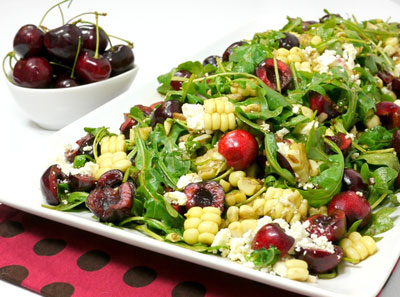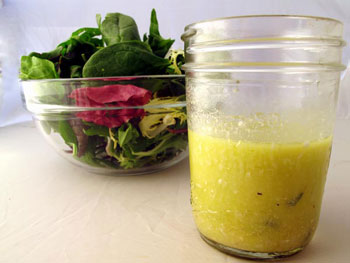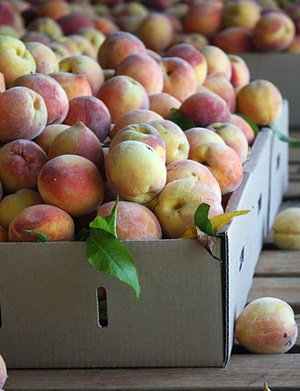 Peas, alas, are not a spring vegetable, despite what legions of food writers would have you believe. It is wonderful to think of things like spring pea risotto and minted pea soup in May, but unless you are lucky enough to live in a really temperate climate, you’ll be waiting for fresh peas until late June with the rest of us.
Peas, alas, are not a spring vegetable, despite what legions of food writers would have you believe. It is wonderful to think of things like spring pea risotto and minted pea soup in May, but unless you are lucky enough to live in a really temperate climate, you’ll be waiting for fresh peas until late June with the rest of us.
I feel bad being a Scrooge about this. Actually a super-Scrooge, as, these days, I can’t really even get behind those so-called fresh peas (usually already shelled) that arrive in the grocery stores before they do in my garden. I’d rather eat frozen peas. (And I do.)
The reason is that shell peas–or English peas–lose that just-picked sweetness rather quickly and wind up tasting bland and starchy when they travel many miles to get to you.
So right now I have to content myself with staring at the squat little pea seedlings in my garden, imagining what they’ll bring me. I’m very proud of them, actually. Yesterday I noticed that they’ve started unfurling their little tendrils and have obligingly begun to grab on to the curtain of strings I hung for them. Such good peas.

 I wish there were more savory recipes that feature the cherry. It's sweetness and texture provide the perfect contrast for so many flavors. I love making a pan sauce with cherries and pouring it over pork tenderloin, it's delicious that way.
I wish there were more savory recipes that feature the cherry. It's sweetness and texture provide the perfect contrast for so many flavors. I love making a pan sauce with cherries and pouring it over pork tenderloin, it's delicious that way.  Homemade vinaigrettes are so easy that there is no reason to ever slather your greens in store bought dressings.
Homemade vinaigrettes are so easy that there is no reason to ever slather your greens in store bought dressings. One of the many benefits of growing up in Middle Georgia is knowing where your food comes from. Knowing who grew it, where they grew it, and how they grew it. I cannot think of a better “know your farmer” situation than knowing the Pearson clan, especially since they grow this Farmer’s favorite jeweled delights of summer’s bounty – peaches!
One of the many benefits of growing up in Middle Georgia is knowing where your food comes from. Knowing who grew it, where they grew it, and how they grew it. I cannot think of a better “know your farmer” situation than knowing the Pearson clan, especially since they grow this Farmer’s favorite jeweled delights of summer’s bounty – peaches! It’s just that time of summer when I feel I haven’t had enough BBQ.
It’s just that time of summer when I feel I haven’t had enough BBQ.
